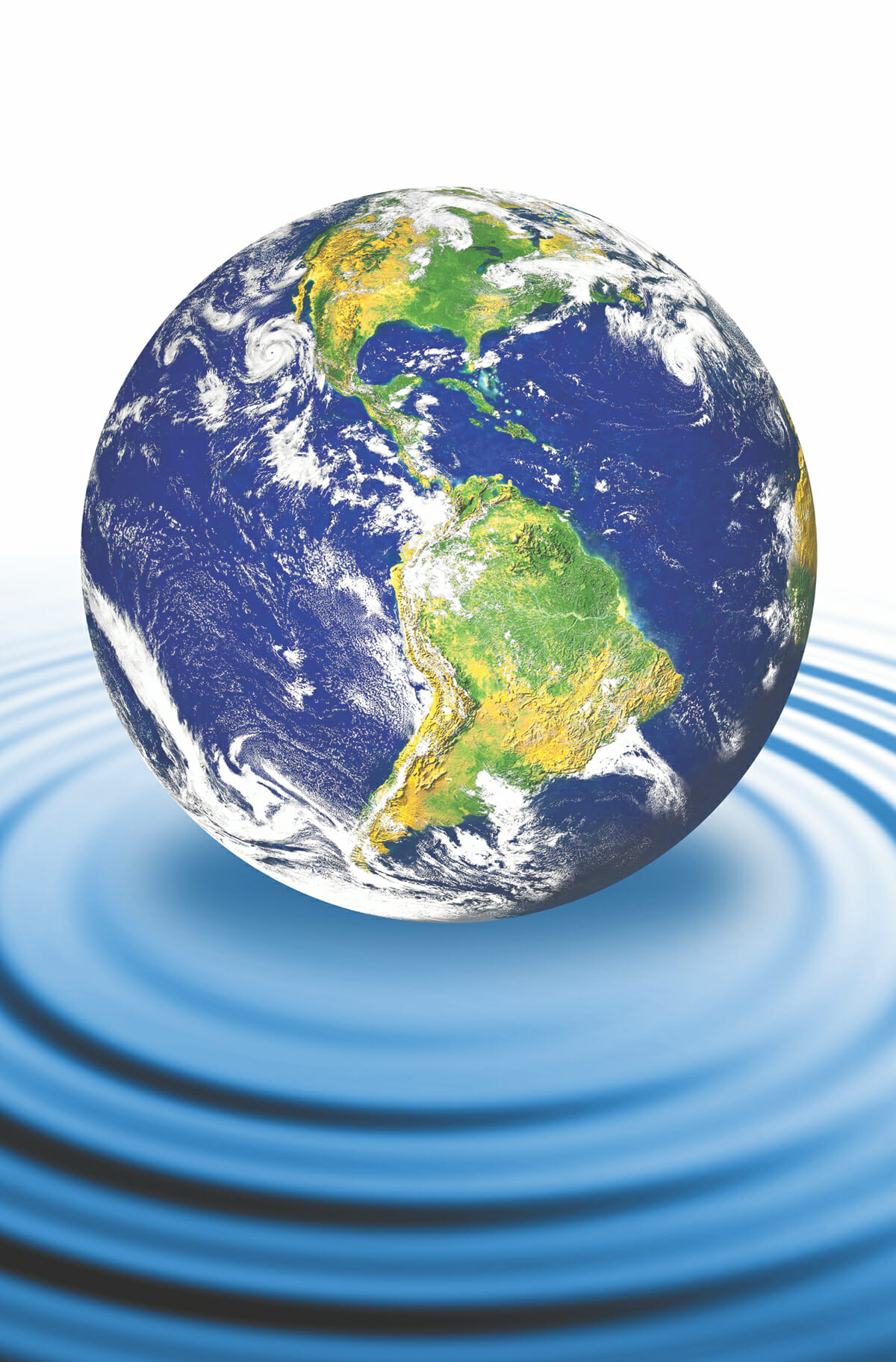People need to realize that keeping the environment healthy could mean for their own health.
The World Health Organization estimated that out of the 102 major diseases reported in the World Health Report, 85 are spread through environment risk factors. These diseases include malaria, zika, certain types of cancer, gastrointestinal diseases and respiratory infections.
Most experts agree environmental health intervention is essential for reducing the transmission of communicable diseases and improving the overall health of the public.
How can adjustments to environmental risk factors affect your physical health?
1. Air Quality – Air pollution can wreak havoc on not only the environment, but also the human immune system. Combustion of petroleum products for the generation of energy adds pollutants like sulphur dioxide and nitrogen dioxide to the air. These gases convert into acids in the atmosphere to give rise to acid rains that can cause skin rashes and irritate the eyes. They also give rise to a number of respiratory disorders and can cause impaired lung function. Combustion of fossil fuels also adds to the load of particulate matter in the atmosphere. Chemicals and toxins contribute to various respiratory illnesses such as asthma, carbon monoxide poisoning and mold inhalation. Cutting down on toxic cleaning products and limiting the amount of automobile fumes can substantially improve respiratory function.
2. Water Quality – In this area of the world, we can almost forget how well off we are when it comes to the quality of our water supply. Water is a necessity of any functioning human body; however contaminants in water can lead to health issues. Haphazard dumping of industrial waste products and domestic sewage in rivers and other sources of water like ponds and estuaries only worsen the situation. Polluted water can leach into the groundwater, contaminating it. There are high chances that this contaminated water enters the sources of drinking water and give rise to a variety of water-borne diseases. Polluted water resources not only affect our health but also affect the biodiversity of the water body, destroying the habitat of the fauna that thrives there, hence disturbing the ecosystem. The US Environmental Protection Agency, EPA, provides standards and regulations for levels of dangerous impurities in drinking water including E.coli and Salmonella.
3. Hazardous Waste – Each State and Territory has regulations for generation, management, and disposal of toxic waste. Recent studies have highlighted the effect living near a hazardous waste site can have on pregnancy including birth defects and development of certain cancers. The EPA offers guidelines for dealing with hazardous waste exposure.
4. Nutrition – The healthy benefits of an appropriate diet are far-reaching and can be easily adjusted to suit a person’s lifestyle. Since a great deal of the food we eat comes straight from the environment it is important they are produced under the right conditions. Introducing nutritious foods to your diet as well as an increase in physical activity can help protect against types of cancer, cardiovascular disease and diabetes.
5. Natural Disasters – Although it may seem as though we have no control over environmental disasters, they are somewhat preventable and do result in health concerns. Natural disasters affect not only the quality of air and water, but also expose the public to smoke and debris hazards, causes the emission of harmful gasses and influences the condition of wildlife.
Taking action this Earth Day April 22, 2021, starts with you and can not only improve your health but the health of those around you.
By Justin Caba, a reporter for Medical Daily.
http://www.medicaldaily.com/earth-day-top-5-reasons-environments-health-affects-our-health-245167
Additional sources and resources:
http://www.thehealthsite.com/diseases-conditions/earth-day-how-sustainable-development-and-human-health-are-tied/
https://www.epa.gov/foia/health-effects-residence-near-hazardous-waste-landfill-sites-review-epidemiologic-literature
https://www.epa.gov/hw/household-hazardous-waste-hhw
Exclusive content from CARE Magazine









